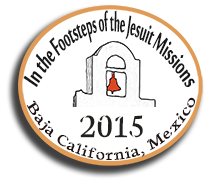Royal Fourteen
December 5
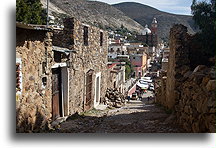
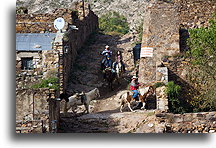
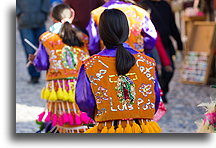
We reached a unique and interesting place. Its origins date back to year 1779, when silver was discovered in the area. Crowds of fortune seekers arrived here, silver fever has led to rapid population growth. At the beginning, the settlement was named Real de Minas de Nuestra Seńora de la Concepción de Guadalupe Limpia de Los Alamos de Catorce, or Royal Mines of Our Lady of Conception of Guadalupe of the Fourteen Poplars. It was the colonial era and most of the precious metal mined here was sent directly to Spain. Living conditions in Catorce were not very favorable. With no roads, the place was isolated; there was the lack of water, food was hard to get. With no local authorities, the anarchy ruled the place.
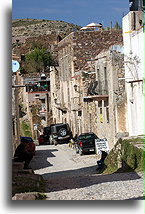
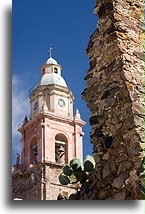
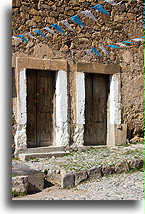
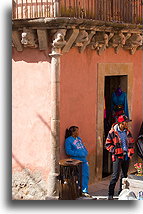
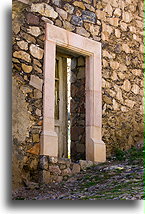
Over the years, the legend arose around the wealth of the silver mines of Catorce and the population has grown to about 15,000. When at the beginning of the twentieth century, the price of silver dropped drastically, the mines closed, and the population decreased to 250 permanent residents. Almost from day to day, Real de Catorce become a ghost town. For us it was a unique place, beautifully located and almost magical. Great atmosphere create old abandoned houses, narrow cobbled streets, breathtaking views, and of course, numerous ruins of the mines.
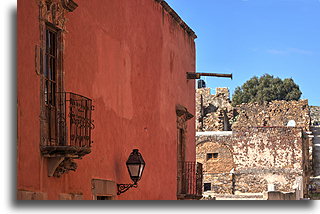
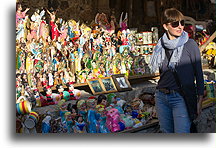
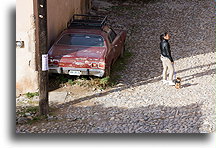
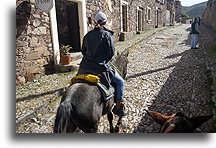

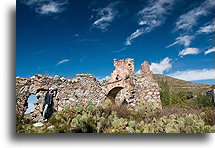
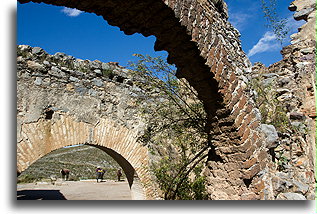
Travelers like us, tired of daily driving, have the opportunity here to spend some time in the saddle. In the morning, while walking around the town we met Javier. A local Mexican guide proposed us a horseback riding through the surrounding mountains. Without hesitating much, we got on the horses and left to visit an old mine. Narrow paths led us along steep slopes. This was a picturesque area with amazing views of Real de Catorce below. From there we went to El Quemado, a native Indian holy place located high in the mountains of the Sierra de Catorce.
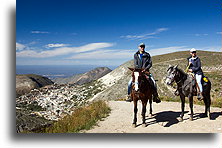
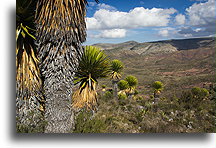
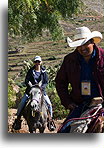
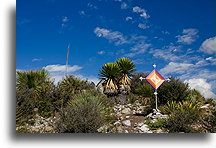
At the altitude of 9850 ft /3000 m, mountain panorama was exceptional. From Javier we learned a little about Huicholes Indians. The whole day has provided us with unforgettable experiences. Six hours on horseback made us were tired, not much of energy was left for rest of the day. We were high in the mountains and it was probably the high elevation above sea level, which had the greatest toll on us.

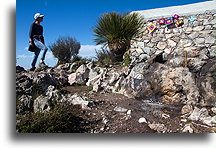
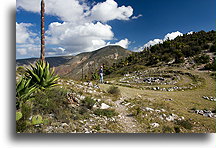
Every spring Huicholes, indigenous Indians set off for the long journey through the desert to leave religious offerings in Cerro Quemado. It is a ceremonial center, located at a height of 9850 ft / 3000 m above the sea level. Quemado, according to the beliefs of their ancestors is a birthplace of the Tatewari or Grandfather Fire. On the way here Indians collect the sacred to them hikuri otherwise peyote or psychotropic cactus. Apparently, its consumption gives hallucinations and even revelations.

